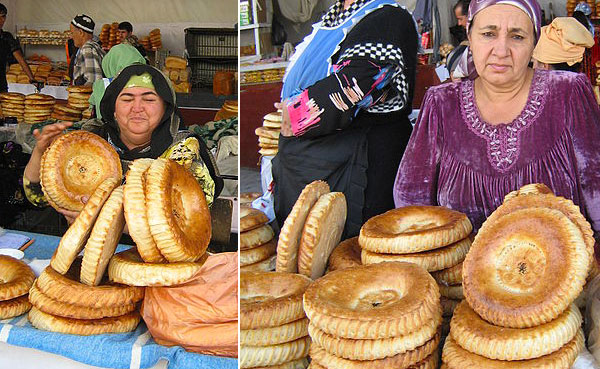Tajik folk medicine, which is loosely based on Galenic medical theory, can prove to be one of the most frustrating parts of a trip to Tajikistan. Not familiar with Galenic medicine? Well, there is absolutely no cause for alarm because quite literally every Tajik you meet will fill you in, especially if they find you in danger of transgressing the aforementioned ancient Greek guy's sage wisdom. Here, I have outlined a short list of things that Tajiks are convinced will make you violently ill. Below this list, I have created my own list of things that will make you violently ill. The two lists, as you will see, having exactly zero (0) things in common.
 1. Drinking cold water.
1. Drinking cold water.2. Air conditioning.
3. Eating fruit and yoghurt in succession.
4. Abstaining from meat.
5. Taking cold showers.
6. Going from a hot place to a cool place.
And now for my list of things that may or may not kill you:
1. Drinking any water that does not come from a sealed bottle.
2. Not having air conditioning.
3. Eating the yoghurt - period.
4. Not washing your fruit in bottled water. I'm serious. Same goes for your toothbrush.
5. Not closing your mouth when you shower. No joke. Shut your trap until you are dry as a bone.
6. Eating. Ideally you should fast the entire time you are in Tajikistan. They have some great-tasting food, however you never know what will get you sick. I recommend drinking some vodka with every meal just in case.
7. Drinking beer on tap. Don't do it. Same rule as water. If it ain't in a bottle, do NOT gobble.
Galenic medicine is based on the belief that there are several 'humours' in the body, which must always remain in balance if one is to be healthy. Illness, then, arises from an imbalance of one or more of the four humours. This imbalance can be caused by drastic changes in temperature, overindulgence in food or sex, and a poor diet. We do not really subscribe to such theories in the West, no more than we believe in four (or five) elements anymore or the philosopher's stone, for that matter. I am not saying that Galenic medicine is entirely bogus. In theory, it's quite similar to ayurvedic medicine, which has gained traction recently in the West, perhaps as part of our raging appetite for Indian spirituality and our penchant towards orientalism. That being said, for those looking to return to more traditional healing methods, perhaps they should consider what Galen has to say about medicine, the body, and well-being. Maybe nix the blood-letting though. I don't think that ever worked. I should also mention that Galen was really into vivisection. Ew.
That's it for now. I hope this helps any of you who might be interested in going to Tajikistan. Tajiks are not shy about letting you know when you are breaking "the rules." If you are sitting in a drafty spot, putting your bottled water in the refrigerator, passing on the lamb that you know was in the sun rotting for six days, or just making some food combining mistakes; I assure you - it will not go unnoticed. You will be asked, sometimes politely, to cease and desist. For your own sake, of course.


